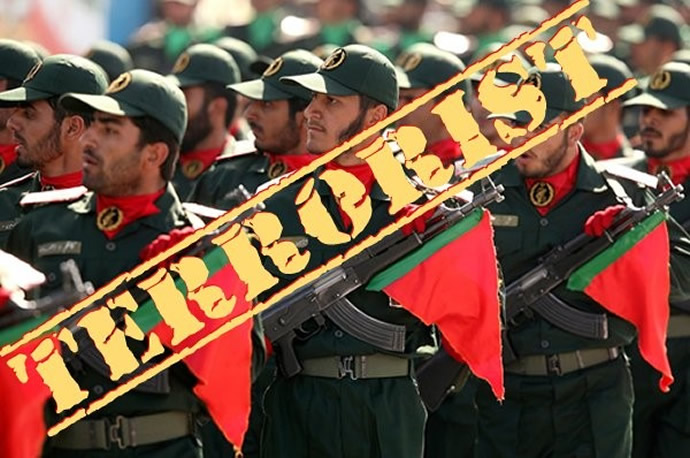
However, as the reverberations of his aggressive posturing wane, the global community becomes increasingly cognizant of his detrimental influence. The Iranian Resistance, a prominent opposition group, has been long vocal about the need to confront the “head of the snake” in Tehran directly. It is now an open secret that the mullahs’ regime, along with the Islamic Revolutionary Guard Corps (IRGC), have embedded warmongering and the sponsorship of terrorism into their governance ethos.
These mechanisms not only suppress domestic dissent but also expand Iran’s aggressive maneuvers beyond its borders. So apparent is the IRGC’s role in these actions that failing to recognize it as a terrorist organization is now viewed as political myopia.
Yet, there remains a reluctance among some international actors, largely those who advocate for an appeasement policy towards the Iranian regime. These factions, had it not been for the glaring evidence of the IRGC’s warmongering and the revelations brought to light by the Iranian Resistance, might still be arguing for a redeemable facet of the IRGC.
The Iranian Resistance has been steadfast in its efforts since 1981, spotlighting the IRGC’s involvement in oppression, sponsoring terrorism, and potentially developing nuclear weaponry. Their dedication is evident through numerous publications, seminars, and press events. Titles such as “Terrorist Training Camps in Iran,” “IRAN: The Rise of the Revolutionary Guards’ Financial Empire,” and “How Iran Fuels Syria War” clearly articulate the IRGC’s role in regional instability.
The regime’s anxieties about the Iranian Resistance’s impact have been laid bare multiple times. Notably, after the European Parliament’s decisive vote in 2022 to designate the IRGC as a terrorist entity, state-controlled Iranian media quickly retaliated.
With decades worth of documents, revelations, and consistent calls for action, the case against the IRGC’s destructive activities is robust. Western governments, well-informed of these allegations, would indeed be taking a step backward if they do not recognize the IRGC as a terrorist organization.


MEK Iran (follow us on Twitter and Facebook), Maryam Rajavi’s on her site, Twitter & Facebook, NCRI (Twitter & Facebook), and People’s Mojahedin Organization of Iran – MEK IRAN – YouTu







